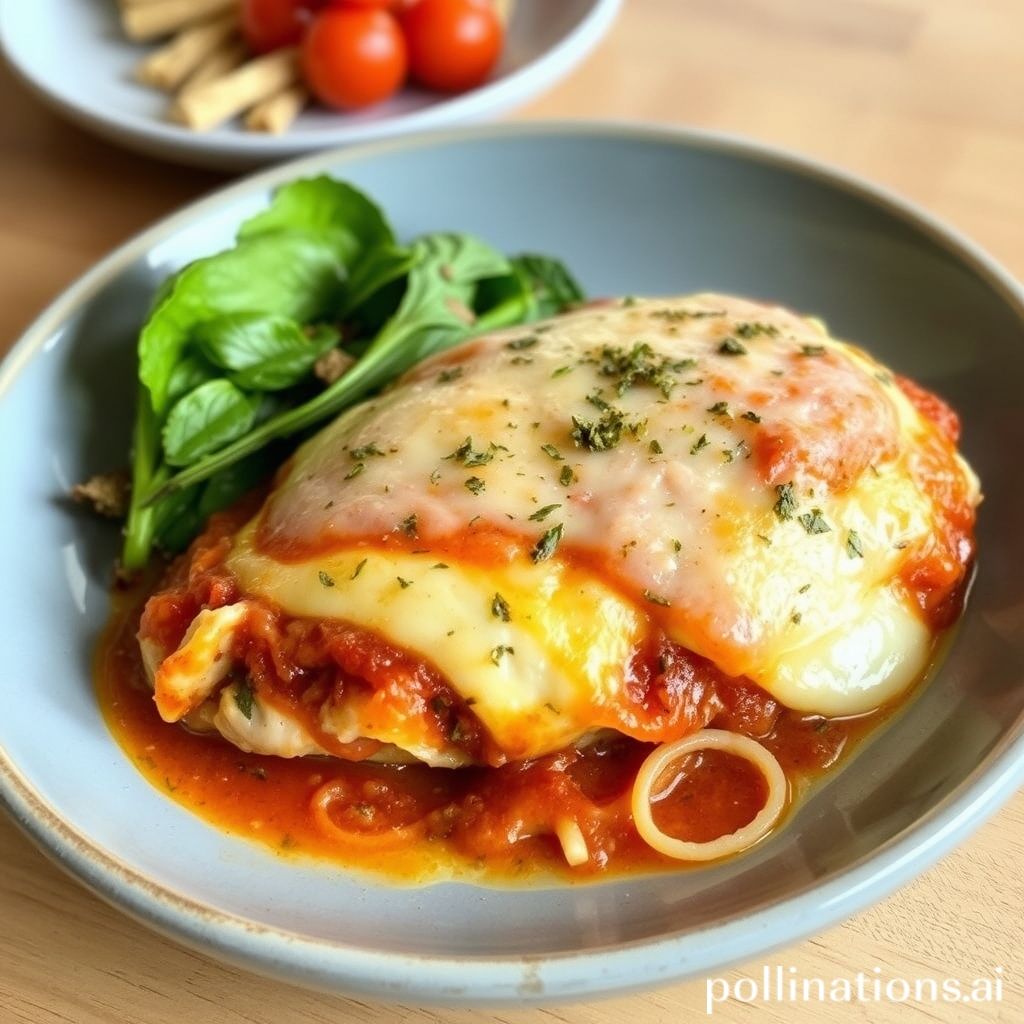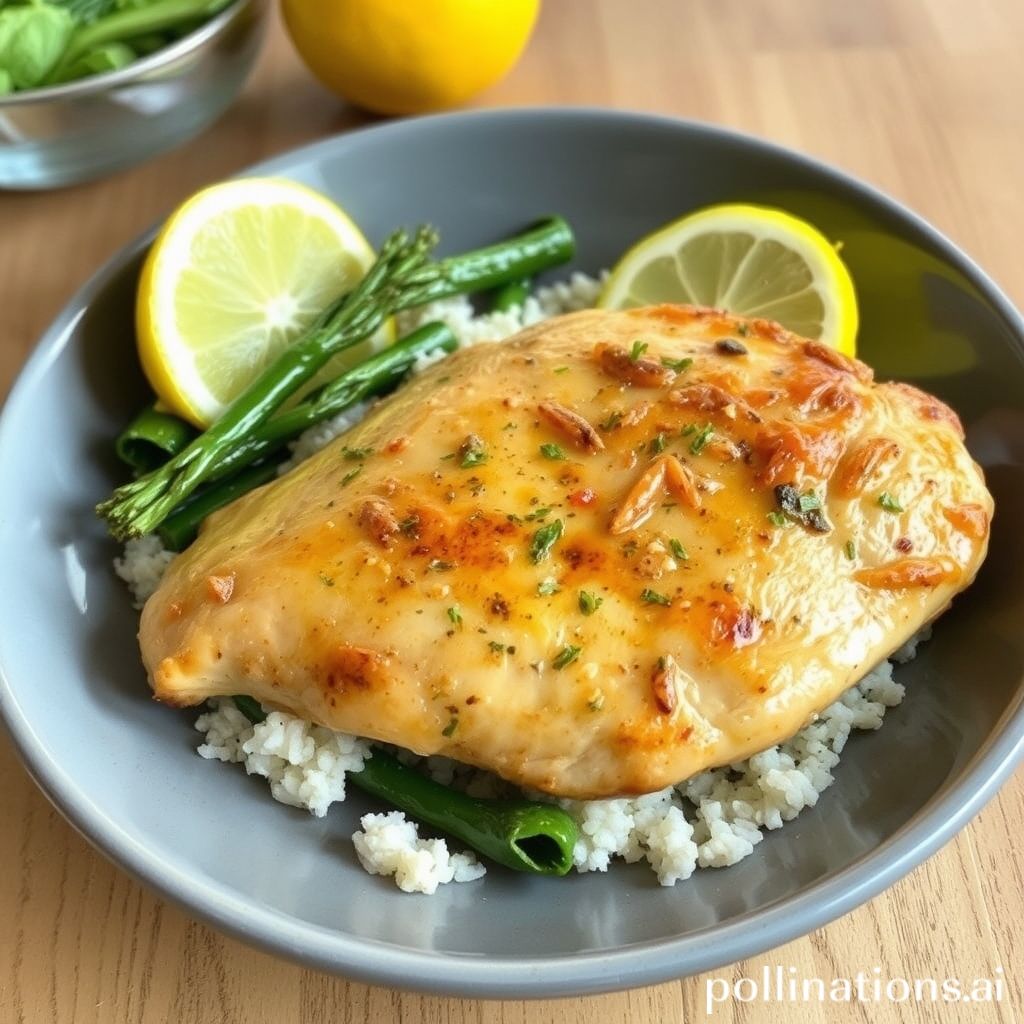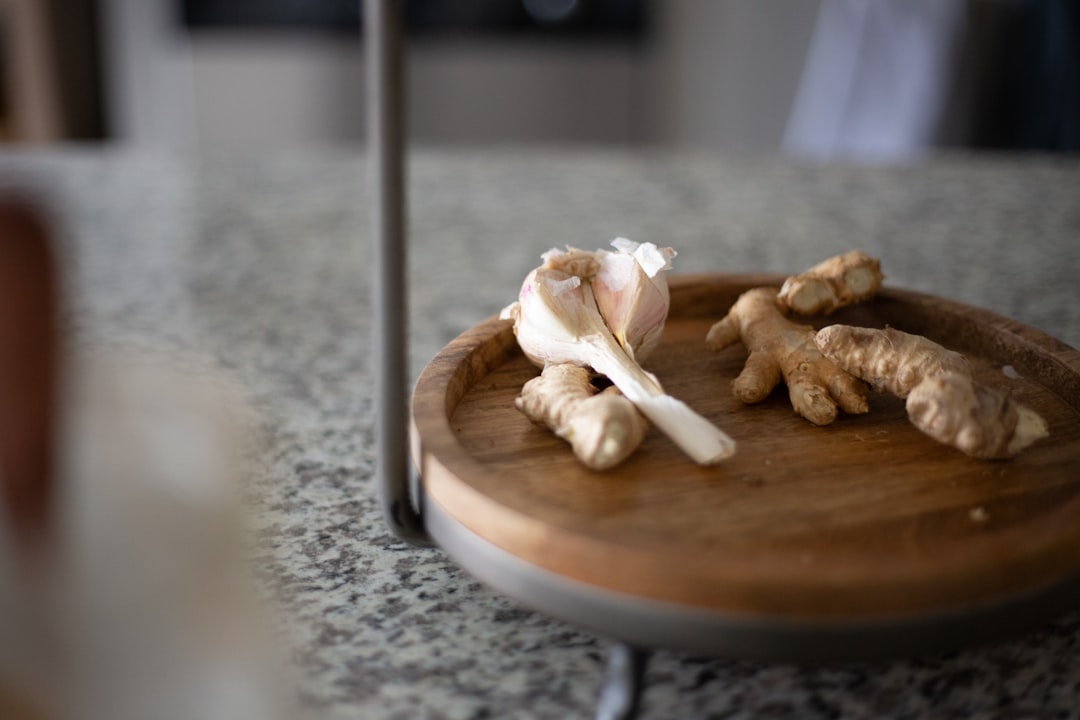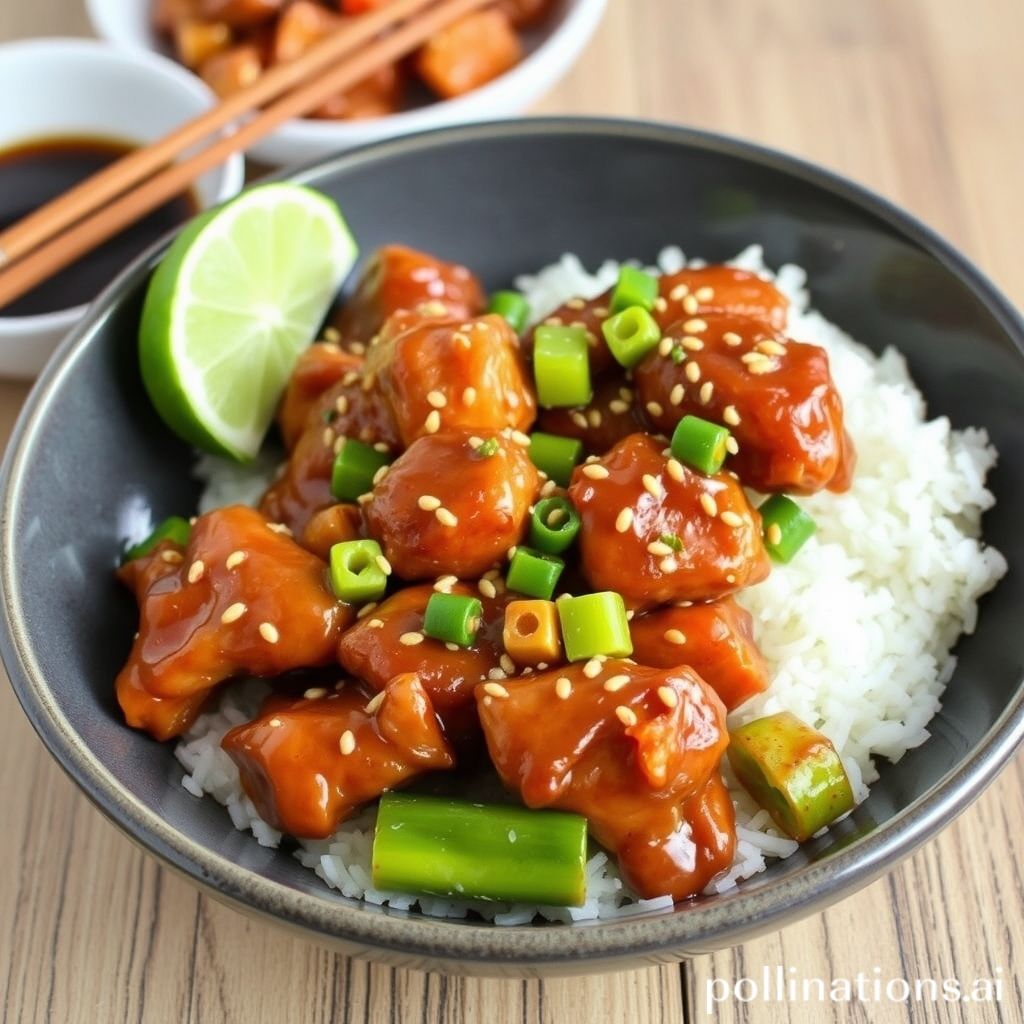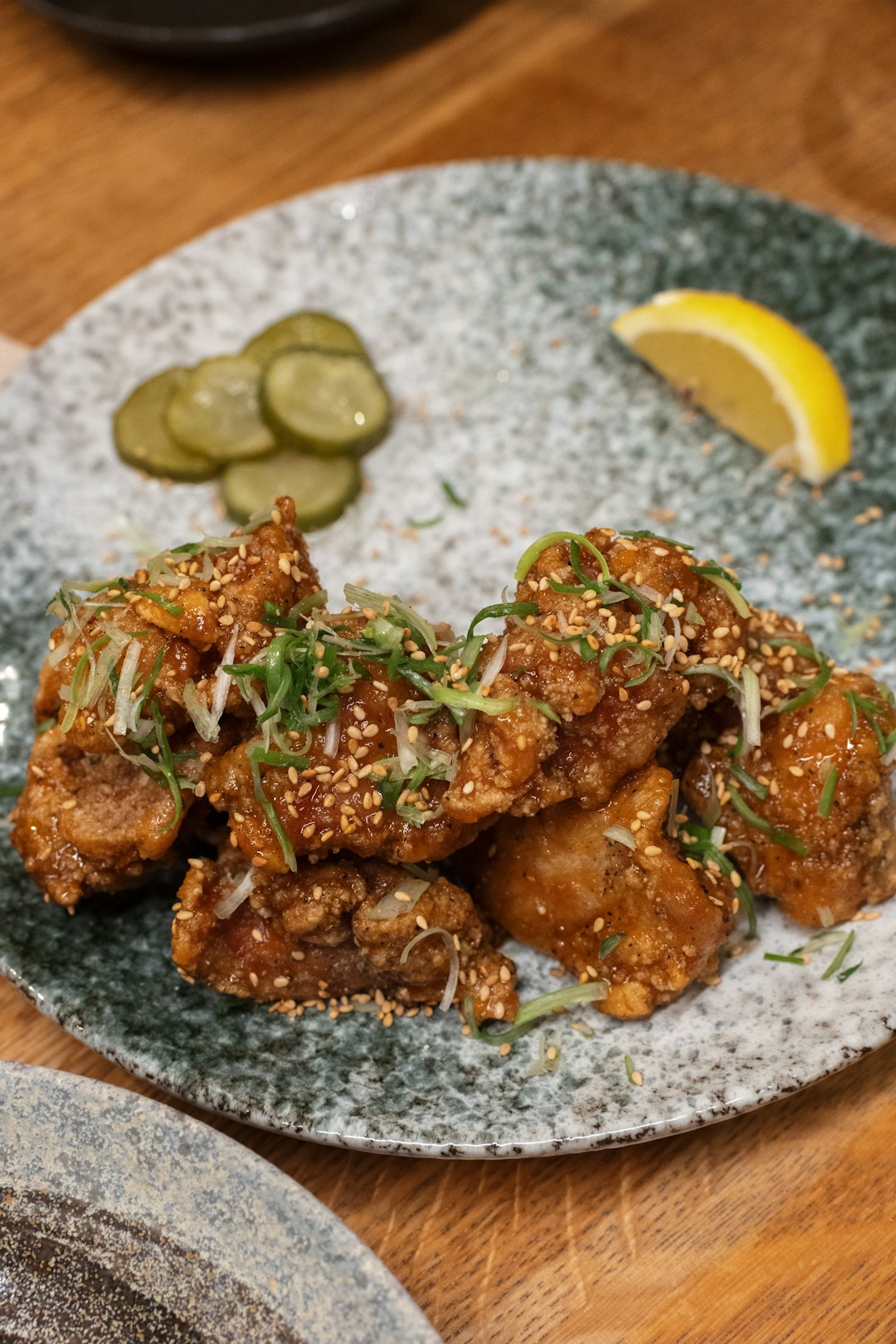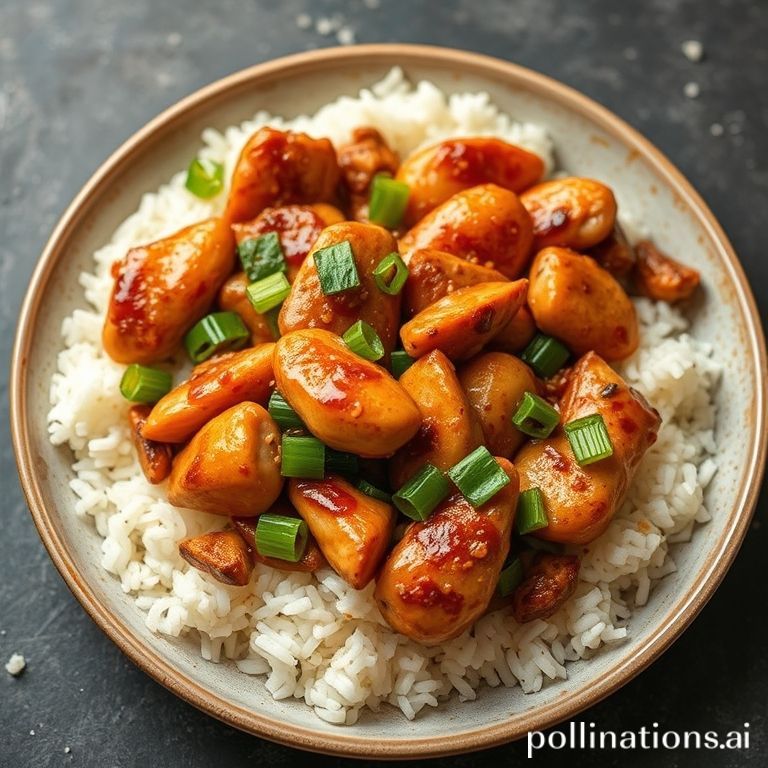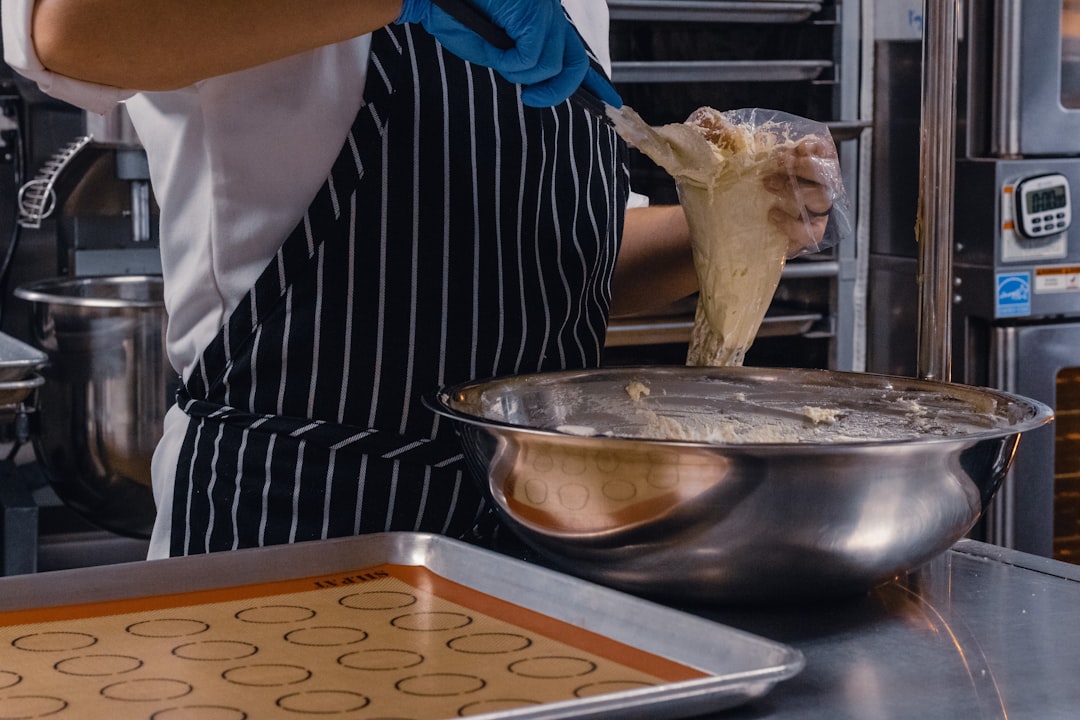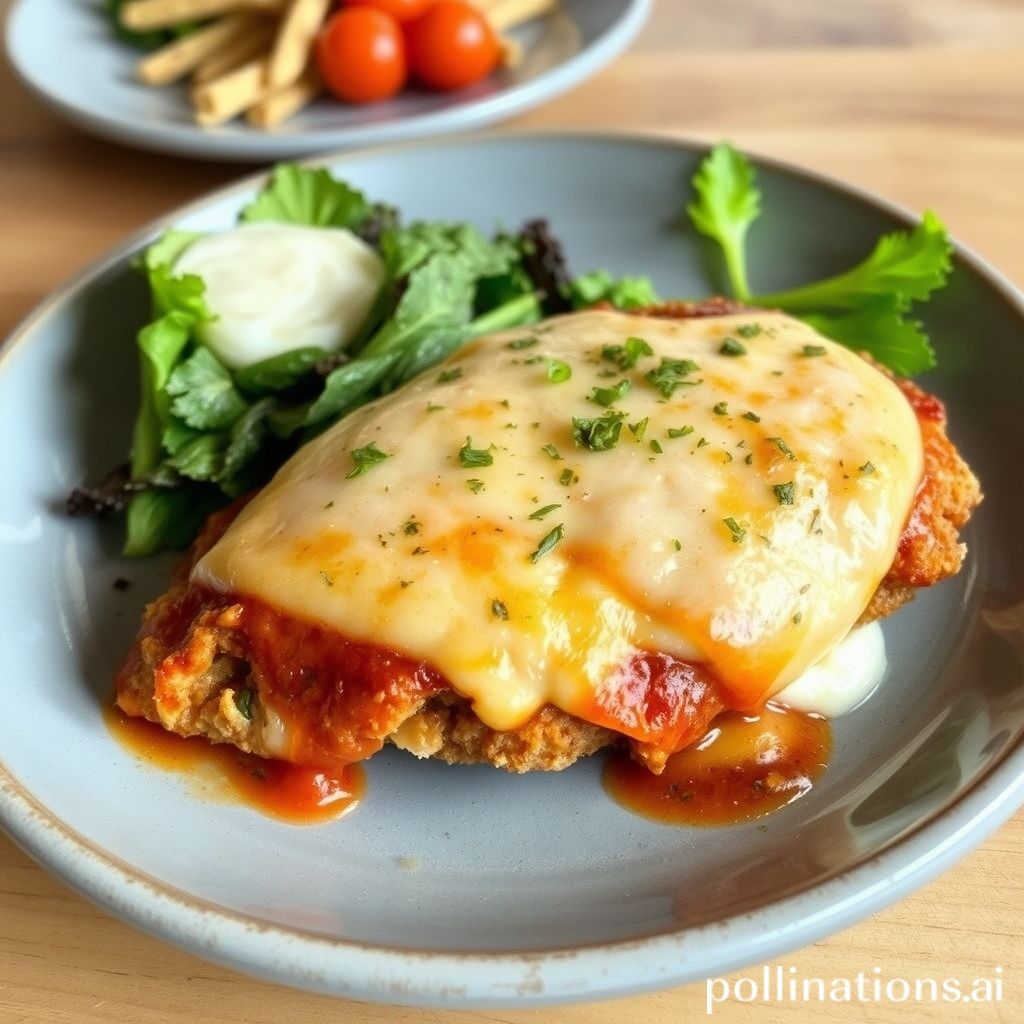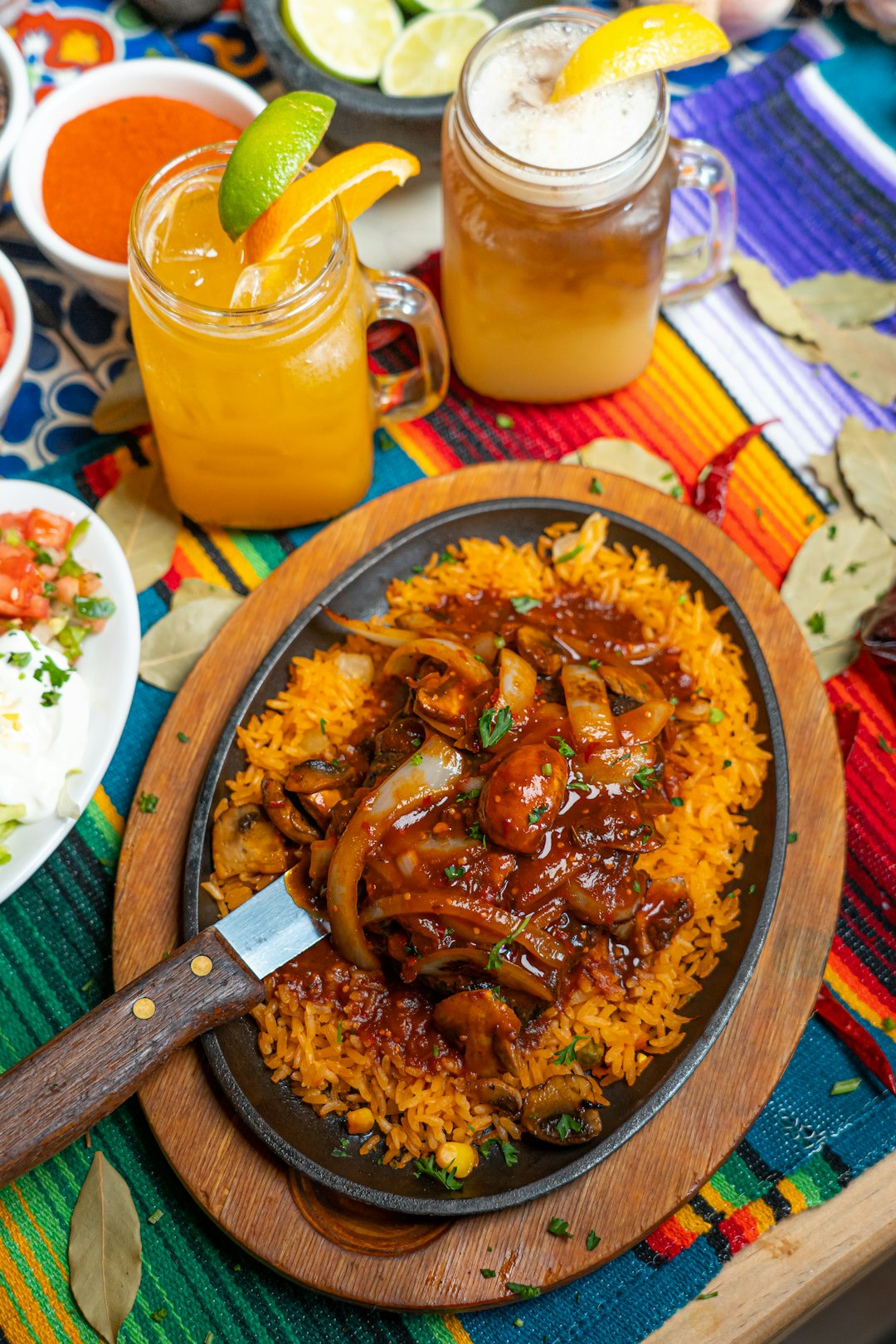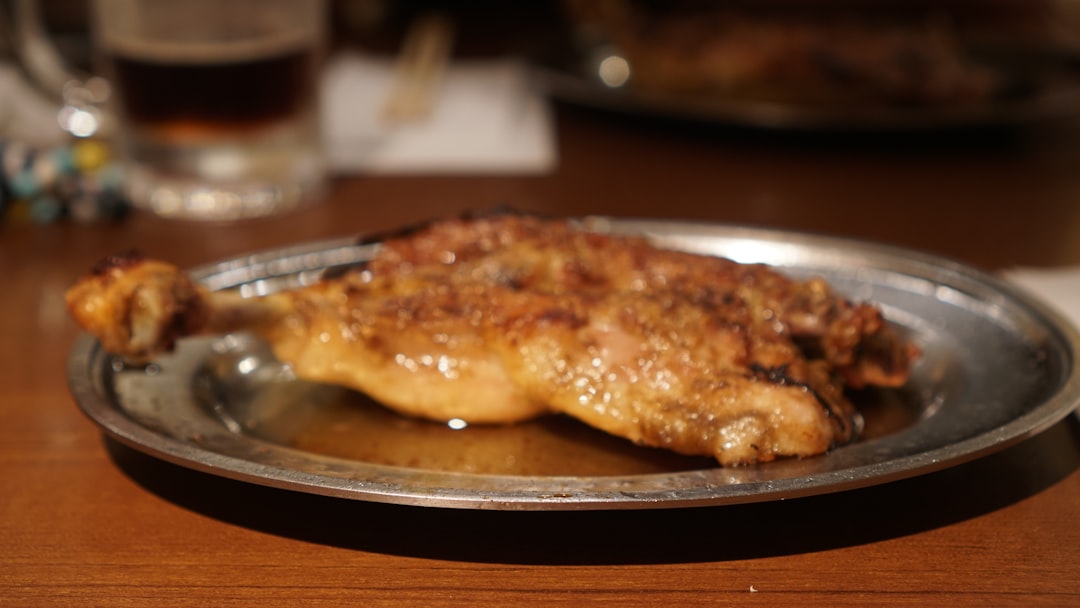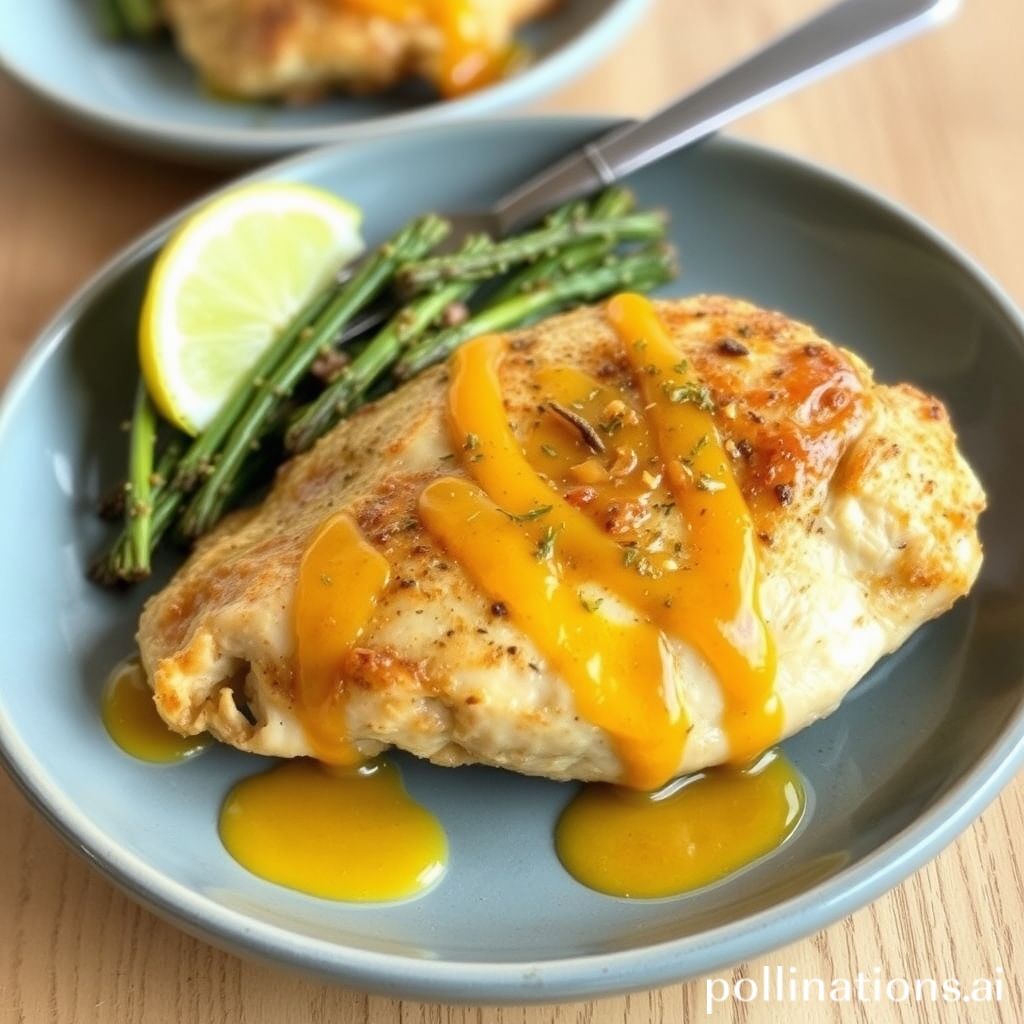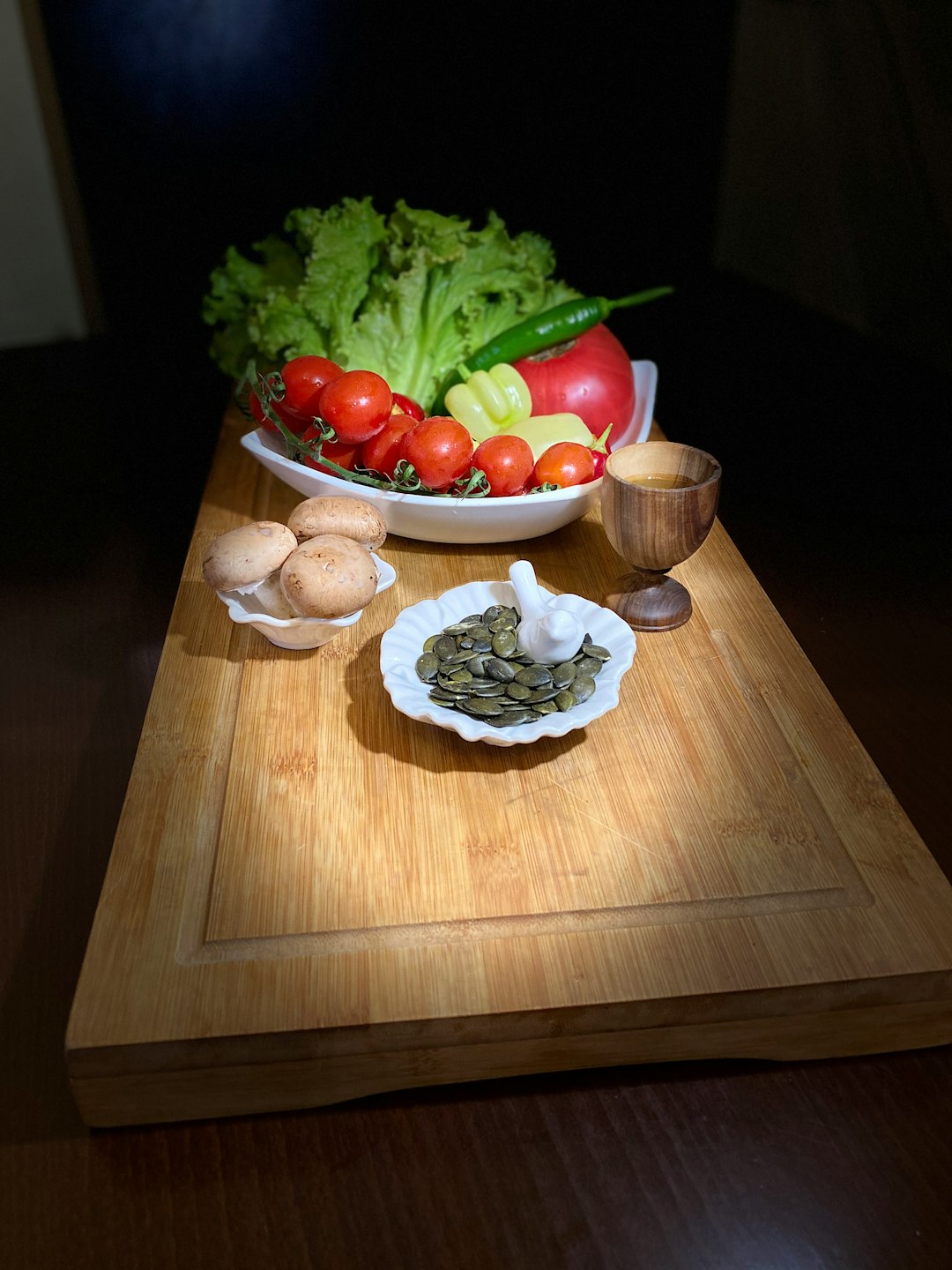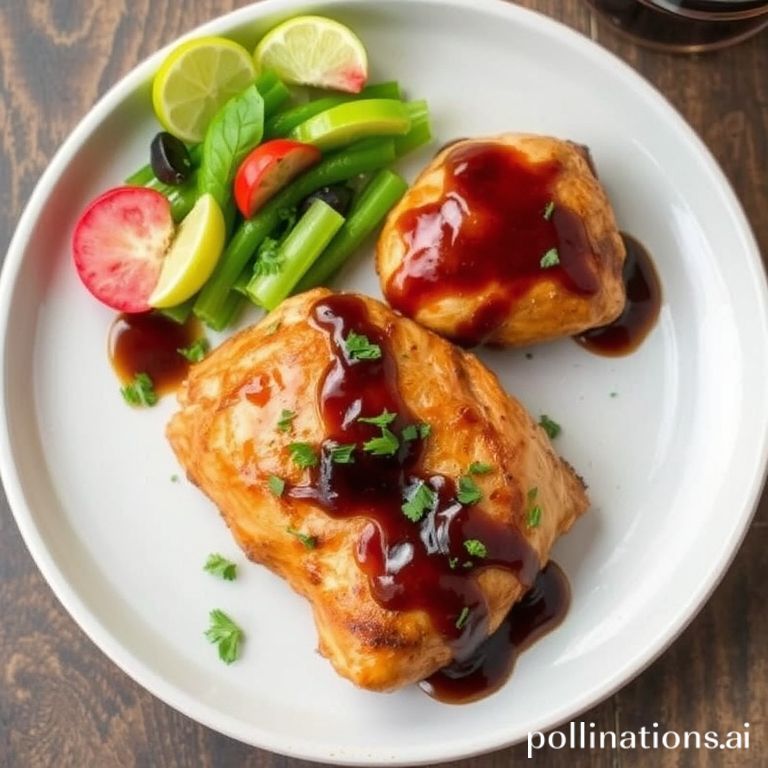Table of Contents
- Introduction
- Traditional Ingredients and Preparation Methods for Chicken Parmesan
- The Evolution of Chicken Parmesan in Global Cuisine
- Popular Variations of Chicken Parmesan Recipes
- Pairing Chicken Parmesan with Wines and Sides
- Tips and Tricks for Perfectly Baked Chicken Parmesan
- The Role of Parmesan and Mozzarella in Elevating Flavors
- Exploring the Nutritional Value of Chicken Parmesan
- Cultural Significance of Chicken Parmesan in Italian-American Communities
- Conclusion
- Frequently Asked Questions
Introduction
Craft the Perfect Chicken Parmesan
Prep time: 20 minutes
Cook time: 30 minutes
Servings: 4
Imagine succulent chicken cutlets, cloaked in a crispy, golden crust, crowned with luscious marinara sauce and topped off with a bubbling, golden layer of mozzarella and parmesan cheese. It’s the kind of dish that conjures warmth and comfort, offering a taste of Italy right from your kitchen to the dinner table. Whether you are cooking for a family meal, an intimate dinner, or simply indulging yourself on a weekend, Chicken Parmesan stands as a timeless favorite with a mammoth appeal.
Let us dive into the process of creating this Italian-American masterpiece. Here’s what you’ll need to get started:
- 4 boneless, skinless chicken breasts
- 1 cup flour
- 2 large eggs, beaten
- 1 cup breadcrumbs
- 1/2 cup grated Parmesan cheese
- 2 cups marinara sauce
- 1 cup grated mozzarella cheese
- Salt and pepper to taste
With ingredients at the ready, crafting this dish is both an art and a touch of culinary magic, requiring just a sprinkle of patience and a dash of love. Each step weaves an aromatic story of flavors, transforming basic elements into a true feast for the senses. Prepare to embark on a flavorful journey that promises to captivate both appetite and imagination.
Traditional Ingredients and Preparation Methods for Chicken Parmesan
Chicken Parmesan is a beloved dish that features a harmonious blend of flavors and textures. The traditional preparation starts with boneless, skinless chicken breasts, which are the star of this Italian-American classic. These are typically pounded to an even thickness, ensuring they cook evenly. Next, they are dredged in flour, followed by a dip in beaten eggs, and finally coated with a mixture of breadcrumbs and grated Parmesan cheese. This coating not only adds flavor but also contributes to the crispy texture once fried.
The breadcrumb mixture often includes Italian seasonings like oregano, basil, and thyme, which infuse the chicken with aromatic flavors during cooking. Once coated, the chicken is shallow-fried in olive oil until golden brown and crispy on the outside while remaining juicy inside. After frying, the chicken is placed in a baking dish, topped generously with marinara sauce and slices of mozzarella cheese.
The final step involves baking the chicken in a preheated oven until the cheese melts into a bubbly, slightly golden crust. Traditional Chicken Parmesan is typically served hot, often paired with pasta or fresh greens, creating a hearty and satisfying meal.
The Evolution of Chicken Parmesan in Global Cuisine
Chicken Parmesan, often affectionately referred to as ‘Chicken Parm,’ has long been a staple in Italian-American cuisine, yet its roots trace back to both Italian and American culinary traditions. Initially inspired by the classic Italian dish melanzane alla Parmigiana, which features breaded eggplant, Chicken Parmesan emerged as a meatier alternative in immigrant communities in the United States. Incorporating the bolder flavors of tomato sauce and mozzarella cheese, alongside a protein base, gave the dish its distinct identity.
Over time, Chicken Parmesan transcended its Italian-American origins to gain prominence on global menus, becoming a beloved comfort food. Its popularity can be attributed to its adaptability; variations of the dish have been embraced and localized in countries like Australia, where it is often served with chips or salad and affectionately called ‘Parmi’ or ‘Parma.’
In contemporary cuisine, chefs continue to experiment with Chicken Parmesan, adding gourmet twists or fusing it with other gastronomies, leading to a myriad of presentations ranging from sandwiches to pizzas. This evolution showcases the versatility of Chicken Parmesan and its firm establishment as a global culinary phenomenon, proving that simple, hearty flavors know no boundaries.
Popular Variations of Chicken Parmesan Recipes
Chicken Parmesan, a beloved Italian-American dish, has inspired numerous variations that add unique twists to the classic recipe. One popular variation is the use of different cheese blends. While traditional chicken parmesan calls for mozzarella and parmesan, some recipes incorporate provolone, fontina, or cheddar to create a richer taste. Another popular variation involves the sauce. Instead of the classic marinara, some recipes use a creamy Alfredo sauce or a spicy Arrabbiata to enhance the flavors.
For those looking to cut down on carbs, many opt for a low-carb version by replacing the breaded chicken with grilled or baked chicken breasts. This provides a healthier alternative without sacrificing taste. Vegetarian versions substitute chicken with eggplant or cauliflower, making the dish accessible to non-meat eaters. Additionally, some chefs enhance the dish by adding layers of prosciutto or fresh basil, overhauling the original recipe while preserving its essence.
These variations demonstrate the versatility of Chicken Parmesan, allowing it to cater to diverse taste preferences while maintaining its position as a comforting and satisfying meal. Whether enjoyed in its classic form or with a creative twist, Chicken Parmesan remains a favorite across many kitchens.
Pairing Chicken Parmesan with Wines and Sides
Pairing Chicken Parmesan with the right wines and sides can enhance your dining experience significantly. The rich, savory flavors of this classic Italian-American dish meld beautifully with a variety of wines, particularly those with a bit of acidity to complement the tomato sauce. A classic choice is a medium-bodied red wine such as Chianti or Merlot. These wines have enough tannins to cut through the cheese and breadcrumb crust, while their fruit-forward profiles enhance the dish’s flavors. Alternatively, if you prefer white wine, consider a vibrant Chardonnay or a Sauvignon Blanc for a refreshing contrast.
In terms of sides, Chicken Parmesan pairs well with simple yet flavorful options. A fresh garden salad with a light vinaigrette offers a crisp, refreshing balance to the dish’s richness. Garlic bread is another popular accompaniment, perfect for enjoying every bit of the savory tomato sauce. Additionally, a side of pasta, either plain or lightly tossed with olive oil and garlic, can complement the hearty flavors of Chicken Parmesan without overwhelming it. Experimenting with these pairings can turn a simple meal into an unforgettable culinary experience.
Tips and Tricks for Perfectly Baked Chicken Parmesan
Creating the perfect baked Chicken Parmesan starts with choosing the right cut of chicken. Opt for boneless, skinless chicken breasts, as they provide a tender and juicy base. Ensure the chicken pieces are evenly sized for consistent baking.
A crucial step is to pound the chicken to an even thickness. This not only helps in even cooking but also tenderizes the meat, ensuring the chicken remains juicy. Before breading, pat the chicken dry to help the coating adhere better.
For the breading, use a three-step process: first, dredge the chicken in seasoned flour, then dip it in beaten egg, and finally coat it with breadcrumbs mixed with Parmesan cheese. The addition of Parmesan in the breadcrumb mixture not only intensifies the flavor but also ensures a beautifully golden crust.
When baking, consider placing the chicken on a wire rack over a baking sheet. This allows air to circulate and prevents the bottom from becoming soggy. Bake until the chicken reaches an internal temperature of 165°F, ensuring safe consumption and optimal juiciness.
Finally, add sauce and cheese during the last few minutes of baking. This prevents the cheese from overcooking and keeps it delectably melted.
The Role of Parmesan and Mozzarella in Elevating Flavors
Chicken Parmesan is a beloved dish cherished for its harmonious blend of flavors, particularly the role that Parmesan and Mozzarella cheeses play in elevating its taste profile. Parmesan cheese, with its hard texture and sharp, nutty flavor, adds a savory depth that complements the tender chicken cutlet. Its umami characteristics enhance the overall taste, providing a rich and satisfying experience. Grated over the tomato sauce, Parmesan acts as a flavor enhancer, offering a quintessential Italian touch.
Meanwhile, Mozzarella cheese brings a different kind of indulgence to the dish. Known for its stretchy texture and mild, creamy flavor, Mozzarella melts perfectly over the chicken, creating a gooey, tantalizing layer that contrasts beautifully with the crispy, breaded exterior. This cheese balances the robust flavor of the tomato sauce, adding a delightful creaminess that ties the dish together.
Together, Parmesan and Mozzarella create a dynamic duo that transforms a simple chicken dish into a gourmet experience. Their contrasting yet complementary flavors and textures are what make Chicken Parmesan a true culinary delight, appealing to both the comfort food seekers and gourmet enthusiasts alike.
Exploring the Nutritional Value of Chicken Parmesan
Chicken Parmesan is a popular dish that offers a delightful combination of flavors and textures, but it also has nutritional elements worth considering. At its core, this dish is based on chicken breast, which is a good source of lean protein. Protein is essential for building and repairing tissues and is a crucial component of every cell in the body.
However, the nutritional profile of Chicken Parmesan is influenced by its additional ingredients, primarily cheese and breadcrumbs. Parmesan cheese, while adding a rich flavor, also contributes calcium and essential fats to the dish. It’s important to note that cheese can also increase the calorie content, so portion control might be advisable for those mindful of their caloric intake.
The breadcrumbs that coat the chicken add a satisfying crunch, usually made more indulgent when fried. This cooking method might increase the fat content, depending on the oil used. Nevertheless, opting for baked versions can reduce added fats significantly. Additionally, serving Chicken Parmesan with a side of vegetables or a salad can enhance its nutritional balance by adding fiber and essential vitamins.
Cultural Significance of Chicken Parmesan in Italian-American Communities
Chicken Parmesan, often referred to as Chicken Parm, holds a special place in the culinary traditions of Italian-American communities. This dish, a delightful blend of Italian flavors and American influence, is more than just a meal; it represents a fusion of cultures that has developed over generations. Originating from Southern Italy, traditionally using eggplant, the Italian-American version evolved to feature chicken, catering to local tastes and ingredient availability.
Chicken Parmesan is a testament to the adaptability of immigrant cuisines to new environments while retaining their core essence. Served at family gatherings, community events, and Italian-American restaurants, it signifies warmth, hospitality, and a deep sense of cultural identity. It is often associated with cherished family recipes passed down through generations, each adding their own twist or secret ingredient.
In many Italian-American households, Chicken Parmesan symbolizes cultural pride and tradition. It stands as a delicious bridge between past and present, uniting families around the dining table, where stories of heritage and tradition are shared. The dish’s popularity extends beyond the community, bringing a piece of Italian-American culture to a wider audience, celebrating diversity through cuisine.
Conclusion
Crafting the perfect Chicken Parmesan is an art that combines tradition, innovation, and an appreciation for simple, hearty flavors. From understanding the roots and cultural significance of this dish to mastering its preparation and exploring endless variations, enthusiasts and chefs alike continue to elevate this classic to new heights. Whether you’re a traditionalist sticking to the authentic method or an experimental cook eager to try new twists, Chicken Parmesan offers something for everyone.
For those looking to expand their culinary repertoire beyond this single dish, The Chicken Bible: Say Goodbye to Boring Chicken with 500 Recipes for Easy Dinners, Braises, Wings, Stir-Fries, and So Much More is an essential addition to your kitchen library. With an extensive range of recipes, this book promises to transform your chicken dishes into endless culinary delights. Don’t miss out on the opportunity to revolutionize your cooking experience. Purchase your copy today!

